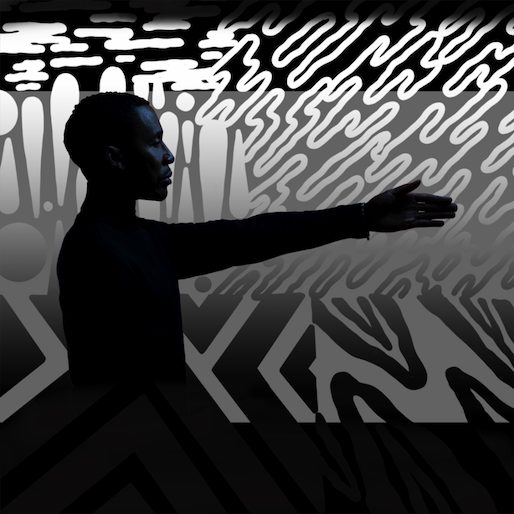Raphael Saadiq: Jimmy Lee

Since his music career got off the ground 35 years ago, multi-instrumentalist singer/songwriter Raphael Saadiq has mostly steered clear of writing the tragedies that punctuated his childhood into his songs. Recruited as a bassist by Sheila E. in 1984, Saadiq landed in Prince’s touring band at the tender age of 18 and never looked back. Following his stint with Prince, Saadiq made his name (then Raphael Wiggins) as the primary lead singer, bassist and in-house producer of the iconic R&B/new jack swing outfit Tony! Toni! Toné!, who landed a number one hit right out of the gate with their gospel-tinged 1988 single “Little Walter.”
Though “Little Walter” was a cautionary tale about the pitfalls of street life—complete with direct, if tame, references to drug dealing, fast money and, ultimately, death—the titular character is presented as just that: a character the band seems to regard from a distance, without any personal investment in the outcome. Tony! Toni! Toné’s upbeat grooves and springy ‘80s electro-funk production gave little indication of Saadiq and bandmate/older brother Dwayne Wiggins’ grief, their family having lost four siblings to murder, addiction, addiction-induced suicide, and (later) random tragedy.
All these years later, Saadiq finally rips the band-aid off all of that accumulated grief on his fifth solo album, Jimmy Lee. Named after one of Saadiq’s late older brothers, Jimmy Lee gives us a vivid sense of who the flesh-and-blood Jimmy Lee was—a hopelessly addicted heroin addict but also far more than just that. In recent interviews, Saadiq has spoken about his brother’s life having been ruled by the drug as far back as he can remember. So it’s no surprise that the album opens with a rock-bottom cry in the form of “Sinner’s Prayer,” where Saadiq pleads “God, help me make it” over a pinging guitar arpeggio that’s haunted by keyboards and immediately recalls Andy Summers’ guitarwork on the moody Police classic “Tea in the Sahara.” (Unbeknownst to most of the world at the time, Tony! Toni! Toné! originally modeled themselves after The Police, a harbinger of the eclectic tastes that have defined Saadiq’s solo career.)
The anguished cries to God reappear later on the album, and Saadiq does a convincing job of re-directing his raspy croon toward a kind of desperation we’ve never heard him convey before. On the other hand, it becomes clear quite quickly—by the light footed, disco-influenced second track “So Ready,” in fact—that Jimmy Lee isn’t going to be a one-note affair. On “So Ready,” feathery keyboards bathe the music in a glow that transports you to a blissful, sublime place. And in similar fashion, the modern/experimental-R&B flavored “I’m Feeling Love” initially comes across as a joyous celebration of life. If you’re not reading along with the lyrics, you won’t notice any disturbance until Saadiq raises his voice slightly on the line “I’m drowning in good love,” a hint of tension that betrays the fact that this is a love song being sung to a needle.
Saadiq has spoken recently about how much he loved and idolized his older brother as a child, which makes for a complicated tangle of feelings that Saadiq navigates with a truly remarkable combination of dexterity and ease. Though Jimmy Lee was a well-known junkie in the Oakland neighborhood that Saadiq grew up in, he was also beloved and filled with charm. On “King’s Fall,” a track Saadiq models more closely on the vintage Motown soul of his 2008 solo offering The Way I See It, he sings “I used to be everybody’s hero / Shakin’ hands and kissing babies.”
There are also numerous points on the record where Saadiq inflects his brother’s anguish with a range of colors and tones—i.e. a humanity—that’s refreshing given the subject matter and ends up shedding new light on a universal form of struggle . When Saadiq sings “I feel the burdens on me / This is so heavy for me” on the lazy-paced, Shuggie Otis-like soul rock number “Something Keeps Calling,” Saadiq contrasts the pathos in the words with the sweet-voiced delivery he made his name on. These types of contrasts are heightened by the record’s many stylistic shifts.
-

-

-

-

-

-

-

-

-

-

-

-

-

-

-

-

-

-

-

-

-

-

-

-

-

-

-

-

-

-

-

-

-

-

-

-

-

-

-

-








































